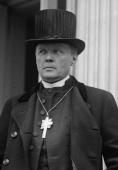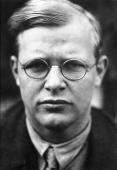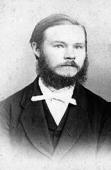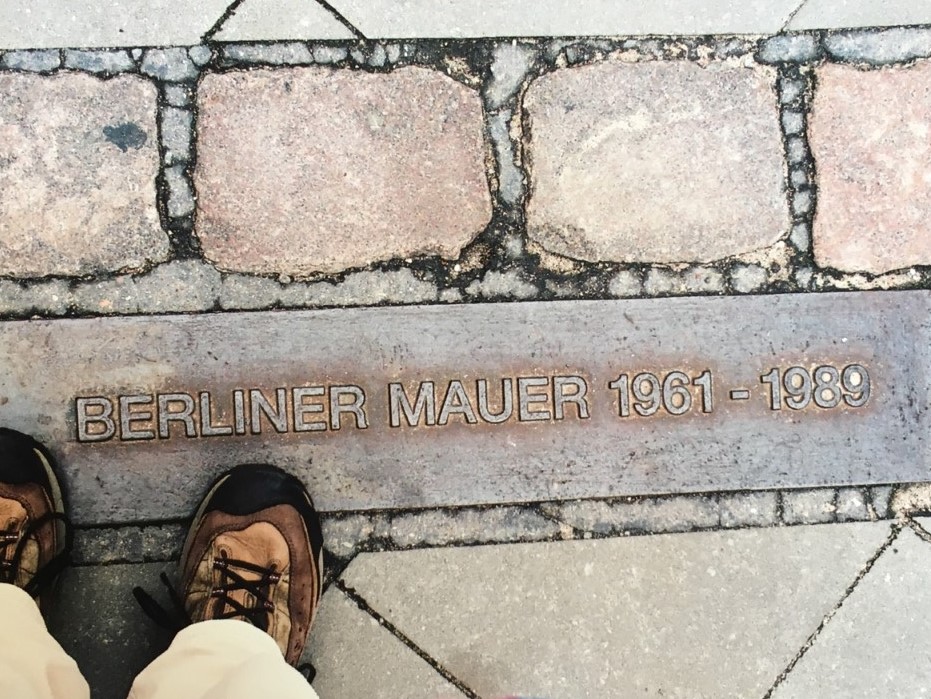Early 1900s: Women’s Missionary Groups Provide Strong Leadership
The women’s missionary societies that had started in the 1800s continued to play vital roles in Lutheran church life well into the twentieth century. Mission work also provided many women with firsthand opportunities to minster and lead. Among these female church workers were deaconesses and nurses like Helen Frost, who provided spiritual and physical care in Teller, Alaska for 35 years. Accompaniment models of ministry like those practiced by Frost fostered positive and lasting cross-cultural encounters.
Essay: “Helen C. Frost’s Missionary Images of the Inuquiq (Eskimos)” by Julieanna Frost, LQ 23 (2009), 296-313.

Image: Elizabeth Facktuo and Helen Frost, excerpted from “Helen C. Frost’s Missionary Images of the Inuquiq (Eskimos)” by Julieanna Frost, LQ 23, 302.






